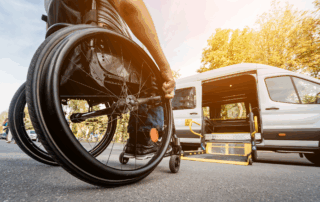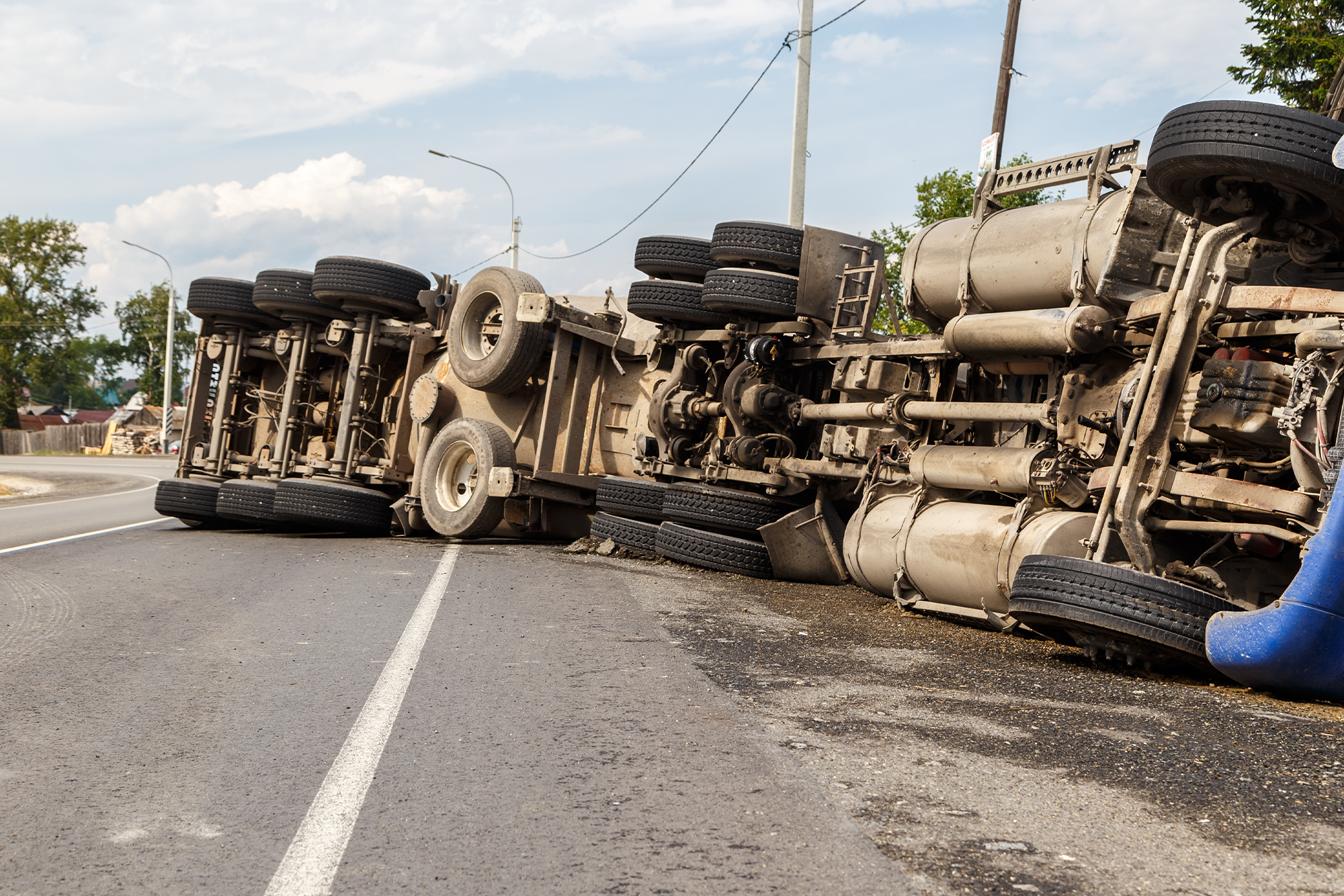Fireplace Safety Tips
The U.S. Fire Administration estimates that 75% of confined home heating fires occur in the chimney and flue of your fireplace. Nevertheless, performing simple safety practices and maintenance on your fireplace can help keep your fireplace in good condition, ensuring your family and home stay safe. INSURICA is here to help you with some top fireplace safety tips to consider.
- Keep it clear. Clear out any debris from the fireplace and keep all flammable items like furniture, blankets, and papers a safe distance away from the fireplace at all times.
- Inspect the chimney. Have a certified chimney specialist inspect and clean your chimney annually to reduce the risk of fire hazards and carbon monoxide buildup.
- Start the fire safely. Never burn charcoal or use lighter fluids to light the fire in your home, as they can cause deadly fumes and the potential for explosion.
- Don’t overload the fire. Overloading—which entails putting more wood, paper, and other ignitable materials in the fire than necessary—can overheat the walls or roof of your home. With this in mind, be sure to avoid this dangerous practice.
- Keep children away from the fireplace. Educate children about the dangers of fire to deter their curiosity and encourage them to keep a safe distance from the fireplace. In addition, consider installing a gate around the fireplace to prevent kids from getting too close.
- Put it out. Make sure the fire is completely out in the fireplace before leaving your home or going to bed for the evening.
Don’t Forget About Detection Devices
Be sure to take extra precautions to keep your family safe from potential fireplace hazards. For example, if you burn fires often, consider installing new smoke and carbon monoxide detectors throughout your home. That way, you will be able to detect fire hazards as quickly as possible and minimize any household damage.
For more home safety guidance and homeowners insurance solutions, contact us today.
Source: This article is for informational purposes only and is not intended as professional advice. © 2018, 2021 Zywave, Inc. All rights reserved.
About the Author
Share This Story
Related Blogs
2026 Open Enrollment Checklist
To prepare for open enrollment, employers that sponsor health plans should be aware of compliance changes affecting the design and administration of their plans for plan years beginning on or after Jan. 1, 2026. These changes include limits adjusted for inflation each year, such as the Affordable Care Act’s (ACA) affordability percentage and cost-sharing limits for high deductible health plans (HDHPs). Employers should review their health plan’s design to confirm that it has been updated, as necessary, for these changes.
Hot Dog Incident on Highway Emphasizes the Risks of Cargo Spills
In August 2025, a tractor-trailer owned by a third-party freight carrier was transporting thousands of pounds of frozen hot dogs when it overturned and struck another vehicle on Interstate 83 while traveling through York County, Pennsylvania, resulting in the meat products spilling across the highway. According to local authorities, the incident occurred on a weekday morning during rush-hour traffic as the tractor-trailer was nearing an exit ramp. In this moment, the driver of the truck reportedly lost control due to an undisclosed mechanical problem, causing it to tip over, hit a nearby passenger vehicle and tear open the boxes of tightly packed hot dogs in the process.
Fire and Security Safety for School Holiday Events
Fire and security safety for school holiday events should be a top priority as schools prepare for winter concerts, class parties, and seasonal performances. While these events foster community and joy, they also bring increased fire and security risks due to decorations, after-hours gatherings, and higher foot traffic







